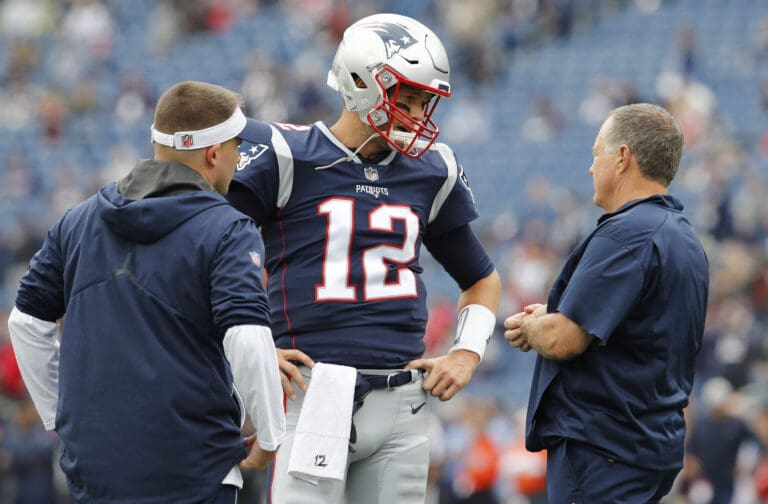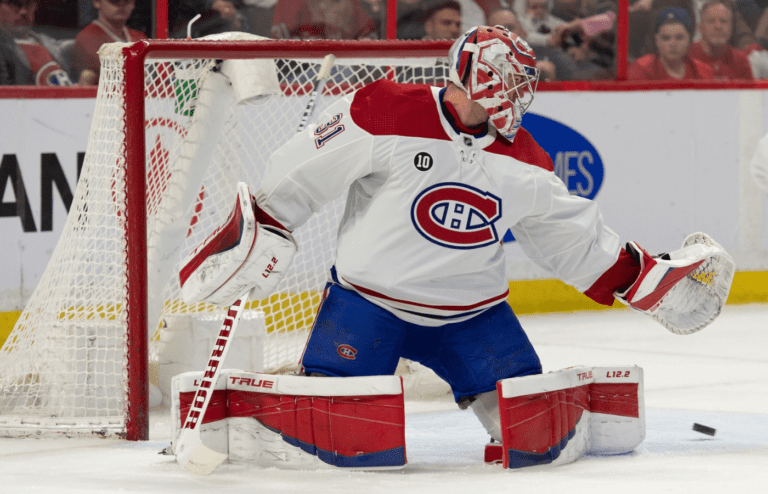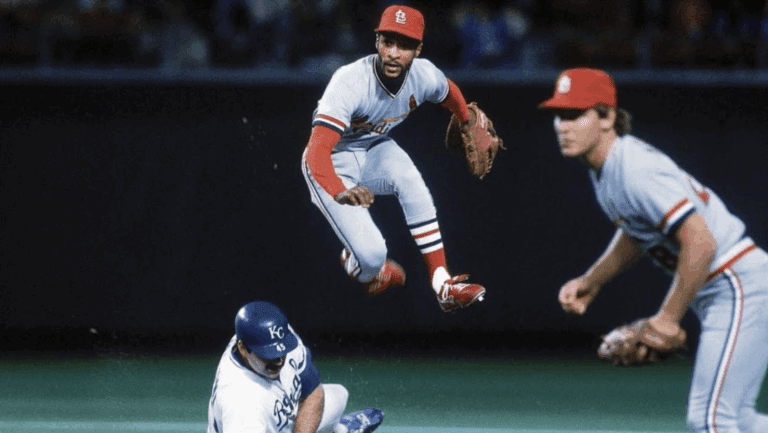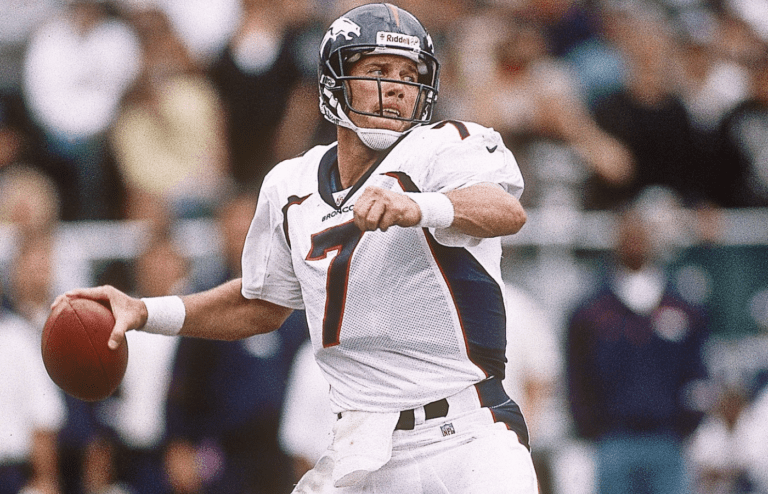Imagine dropping a 1990s quarterback into a modern NFL huddle. Shotgun snaps, no-huddle drives, spread formations, pass-friendly rules—the whole shebang. Would they flounder in the fast-paced, analytics-driven chaos? Or would they finally thrive in an environment built to showcase their full potential?
If you ask us, a few legends from the ’90s were playing ahead of their time. These quarterbacks had the poise, precision, and playmaking ability to make them MVP candidates in 2025. And that’s not just nostalgia talking—it’s football evolution catching up with their greatness.
Precision Passers Made for Spread Systems
Let’s start with Troy Aikman, the steady hand of the Dallas Cowboys dynasty. In the ‘90s, he ran a balanced, run-heavy offense, but don’t mistake that for lack of ability. Aikman had elite touch, accuracy, and leadership—qualities that translate seamlessly to today’s game. Imagine him in a modern West Coast scheme, flanked by speedy slot receivers and operating behind elite pass protection. He’d be a more athletic Kirk Cousins or a more composed Derek Carr—with rings to prove it.
On the other side of the ‘90s Super Bowl rivalry, Jim Kelly of the Buffalo Bills practically invented today’s uptempo style with his no-huddle K-Gun offense. His quick decision-making and mental toughness were tailor-made for today’s rhythm passing game. Kelly’s approach would fit beautifully with current offensive coordinators who prize pace and spread concepts.
Even Boomer Esiason, often overlooked today, had the mobility and football IQ to translate well into modern read-option schemes. His left-handed rollout game and fearlessness under pressure were perfect for creative play-action systems.
Dual-Threat Before It Was Cool
Now, let’s talk about the original prototype: Steve Young. If there’s one ‘90s quarterback you could drop into today’s NFL without changing a thing, it’s him. Young was a deadly dual-threat—sharp arm, quick feet, and ice-cold decision-making. He wasn’t just mobile; he was surgical on the move. He’d be the perfect blend of Lamar Jackson’s explosiveness and Jalen Hurts’s leadership, with fewer turnovers and better passing efficiency.
In a league that now protects mobile quarterbacks and builds entire systems around their strengths, Young would thrive. Think designed runs, bootlegs, RPOs, and option reads. He was already doing it before defensive ends were running 4.5s.
And while Randall Cunningham started in the late ’80s, his ’90s resurgence with the Vikings puts him in this conversation. Armed with a cannon arm and unmatched athleticism, he’d be a modern-day superstar. With current protections and better-supporting casts, his ceiling would be even higher today.
The System vs. The Talent
One significant difference between then and now? Systems now adapt to the quarterback. Back then, quarterbacks had to fit the system—or else. Today’s offensive minds like Kyle Shanahan and Andy Reid build their schemes around a quarterback’s strengths. That shift would change everything for ’90s stars.
Imagine Warren Moon, who put up video game numbers in an era that didn’t always appreciate his deep-ball artistry. In today’s pass-heavy league, he could’ve been this generation’s Mahomes—explosive, fearless, and constantly testing the limits of a defense.
These guys weren’t just products of their time. In many cases, they were being held back by it. Today, their talents would finally be matched by opportunity.
Related: 15 Retired QBs Who’d Dominate with Modern NFL Playbooks








